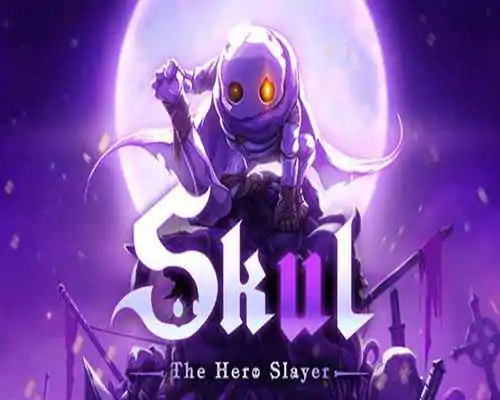

The demon Yaksha is in there somewhere, as is the protagonist from Dead Cells. Pop culture staples get obvious stand-ins, like a flaming biker who attacks by swinging chains and, yeah, is definitely Ghost Rider. Gunslingers and magic casters are thrown into the mix. These skulls start out as simple weapon swaps, with Skul trading his default bone club for something like a spear or a knife, but soon the transformations become more fanciful. The result is a roguelike with dozens of playable characters. The hero, a skeleton, can swap his head out for any others that he finds along a run, and each one transforms him into an entirely new creature. There’s a jump button, an attack button and a dodge, and that’s about all there is to Skul’s basic combat, but those simple foundations are what allow Skul’s signature gimmick to flourish. It’s a side-scrolling action-platformer in which players must clear a room of all enemies, collect the reward, move on to the next chamber and repeat.

On its face, despite a great soundtrack and some extraordinary pixel art, there’s little remarkable about Skul.

#Skul the hero slayer different doors how to#
Since they were developed concurrently, however, the simple truth is that Southpaw Games has a comparable understanding of how to keep roguelikes fresh and exciting over hours and hours of inherent repetition. The structural similarities are so visible that had this been released a couple of years later, I’d cite Hades as a naked influence. In the case of Skul: The Hero Slayer, however, the comparison is a compliment. The roguelike genre is going to be living in the shadow of Hades for some time, and I’m already resisting the urge to hold every developer to the almost unreasonable standard that Supermassive set last year. LOW The “normal” difficulty is ludicrously harsh.


 0 kommentar(er)
0 kommentar(er)
